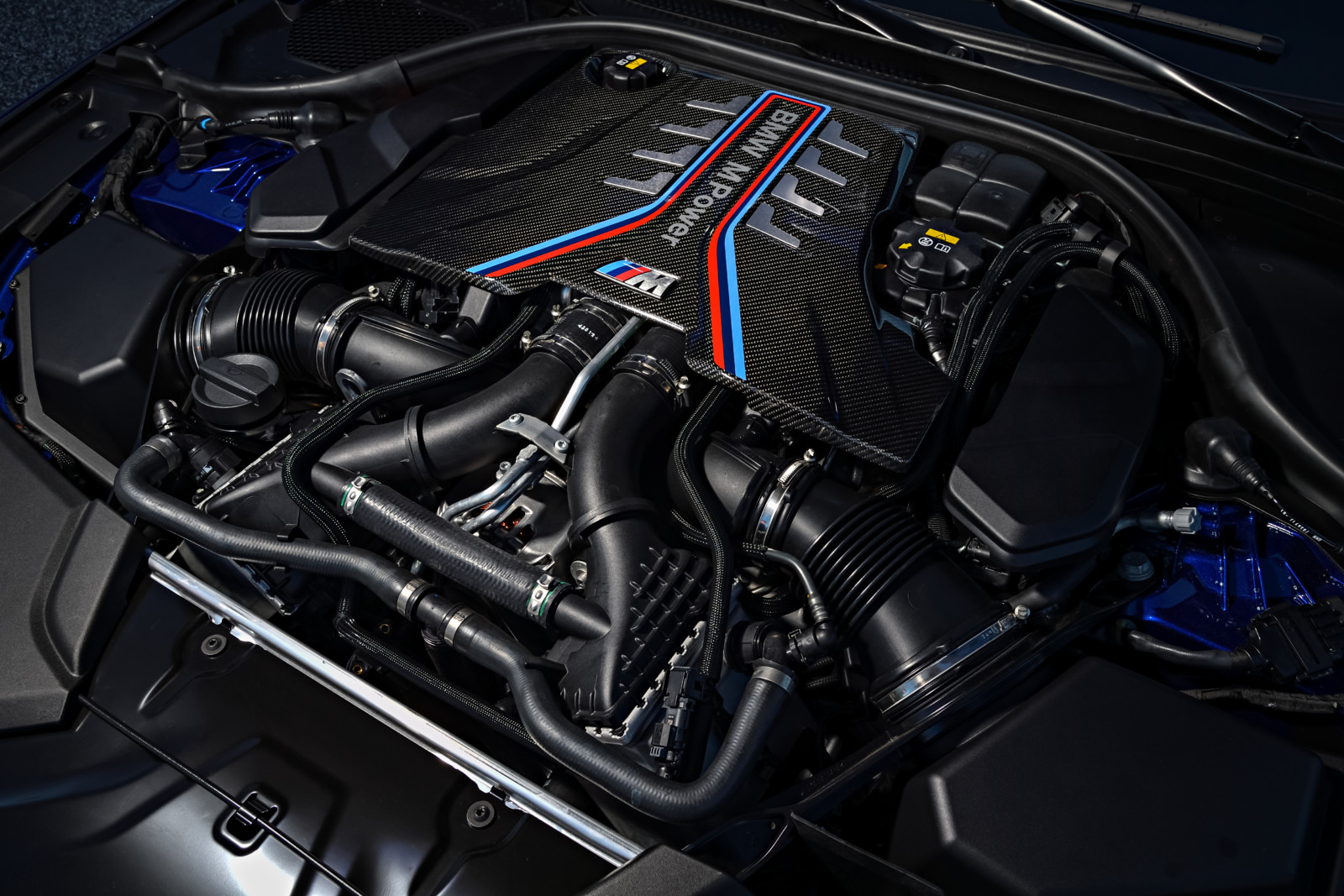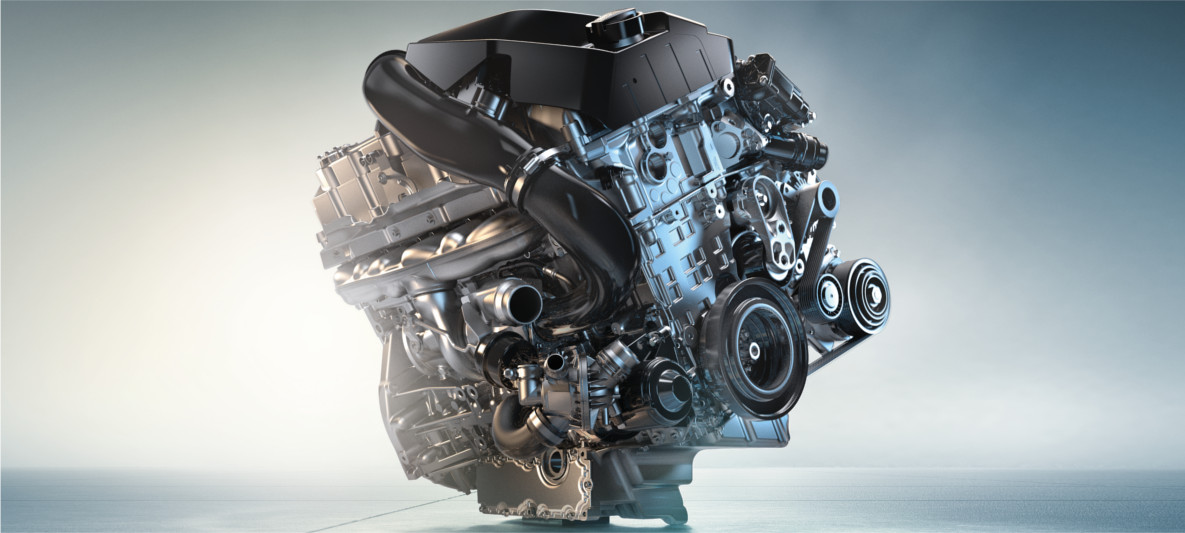Checking Out the Performance Enhancements of the most recent BMW Engine Designs
Discovering the Advancement of Burning Engines in Modern Transport Equipments
As we browse the landscape of modern-day transport, the advancement of burning engines stands as a testimony to human ingenuity and engineering expertise. From their humble beginnings to the sophisticated powerhouses driving cars today, combustion engines have undertaken an amazing trip of technology and adjustment. Recognizing the ins and outs of this development not only clarifies the past but additionally leads the way for visualizing what lies in advance in the realm of transportation technology. The interaction of background, technology, and environmental problems fit the trajectory of burning engines develops a narrative that is both compelling and informative.
Very Early Beginnings of Combustion Engines
Exactly how did the concept of burning engines very first arise in the early phases of transportation development? The origins of combustion engines can be mapped back to the 17th century when the principles of interior burning were very first explored. In 1673, Christian Huygens conceptualized a basic inner combustion engine that made use of gunpowder to generate power. It had not been till the late 19th century that sensible applications of combustion engines in transport began to arise.
The breakthrough moment included the invention of the very first effective gasoline-powered engine by Karl Benz in 1885 - bmw engine. This engine led the way for the advancement of the modern-day automobile, transforming transport systems worldwide. Succeeding innovations by Nikolaus Otto and Gottlieb Daimler better refined combustion engine innovation, bring about the automation of automobiles and the fast growth of the transport sector
These early combustion engines were characterized by their simpleness and efficiency, laying the structure for the facility and effective engines made use of in modern transportation systems. The development of burning engines has actually contributed fit the method we travel and carry products, marking a significant milestone in the history of transportation development.
Change to Internal Combustion Technology
The change to inner combustion modern technology noted a crucial shift in the advancement of transport systems. This shift started in the late 19th century, with innovators like Nikolaus Otto and Gottlieb Daimler establishing the first effective inner burning engines. These engines reinvented transportation by supplying a much more efficient and effective choice to heavy steam engines and electrical motors.
One of the vital advantages of internal burning engines was their ability to be reduced to suit vehicles, bring about the advancement of motorcycles and autos. This shift from cumbersome, stationary engines to portable, mobile ones led the way for the contemporary transport systems we see today.
The shift to inner combustion modern technology also stimulated innovations in fuel modern technology, causing the advancement of fuel and diesel as key gas sources for automobiles. This shift not only made transportation a lot more available to the masses yet likewise laid the structure for the oil and gas industry to end up being important to international economic climates.
Influence of Combustion Engines on Transportation
The adoption of burning engines in transport systems catalyzed a profound change in the performance and speed of worldwide flexibility. Combustion engines reinvented transport by providing a trustworthy and functional resource of power for numerous cars, including autos, vehicles, planes, and ships. This technology substantially enhanced the capacity for people and products to move over long distances in shorter timespan, causing boosted connection in between areas and countries.
Moreover, the extensive usage of combustion engines has had a considerable impact on economic advancement. The capability to carry goods efficiently has actually spurred profession and business, enabling companies to expand their markets and reach consumers worldwide. This has actually assisted in economic development and globalization, as items can now be delivered quicker and in larger amounts than ever before.
Nevertheless, the ecological impact of burning engines can not be neglected. The burning of fossil fuels has actually brought about air contamination and greenhouse gas discharges, adding to climate adjustment and presenting health and wellness risks to populaces. bmw engine. Therefore, there is a growing focus best site on establishing alternative propulsion technologies to minimize these unfavorable effects and develop a more lasting future for transportation
Innovations in Burning Engine Design
Countless improvements in combustion engine style have actually driven the development of transport systems over the decades. One notable advancement is the development of turbocharged engines, which make use of exhaust gases to drive a wind turbine that compresses inbound air, enabling for even more fuel to be scorched, resulting in boosted power output without a substantial increase in engine size. Furthermore, straight injection modern technology has enhanced gas efficiency and efficiency by precisely managing the quantity and timing of gas infused into the burning chamber. Variable shutoff timing systems have likewise changed engine design by enhancing air movement at different engine speeds, boosting both power and efficiency. One more substantial development is the combination of light-weight products such as carbon fiber and aluminum alloys, decreasing general engine weight and boosting vehicle fuel economic climate. In addition, developments in computer-aided style have actually made it possible for engineers to optimize engine performance and effectiveness with simulations prior to physical models are constructed, conserving time and resources in the development process. These developments jointly add to the continuous improvement of combustion engines in modern transportation systems.
Future Fads in Burning Engine Advancement
With innovation developments driving continuous technology, the future of burning engine development is poised to change transport systems worldwide. Among the vital patterns in combustion engine growth is the push in the direction of higher efficiency and lowered discharges. Manufacturers are spending heavily in study and advancement to enhance engine see post performance while satisfying strict ecological policies. This consists of the assimilation of innovative fuel shot systems, improved turbocharging approaches, and making use of light-weight products to enhance gas consumption and lower carbon emissions.
One more noticeable trend is the fostering of crossbreed technologies in combustion engines. Hybrid engines combine typical combustion technology with electric power, supplying improved fuel performance and reduced emissions. As the auto market shifts towards electrification, hybrid burning engines are viewed as a transitional solution that bridges the space between conventional cars and totally electric ones.
Furthermore, the combination of wise modern technologies, such as expert system and data analytics, is expected to play a considerable role in the future of combustion engine development. These innovations can enhance engine performance in real-time, resulting in much more effective combustion processes and improved overall vehicle performance. Accepting these future patterns will not only drive innovation in burning engine growth yet additionally add to a much more sustainable and eco-friendly transportation community.

Verdict
In verdict, the advancement of combustion engines in modern-day transport systems has been noted by considerable improvements in innovation and design. From the very early beginnings of combustion engines to the change to interior burning modern technology, these engines have this hyperlink had an extensive effect on transportation.
The origins of burning engines can be mapped back to the 17th century when the principles of inner combustion were initial checked out. These engines reinvented transportation by supplying a much more reliable and effective alternative to vapor engines and electrical motors.
